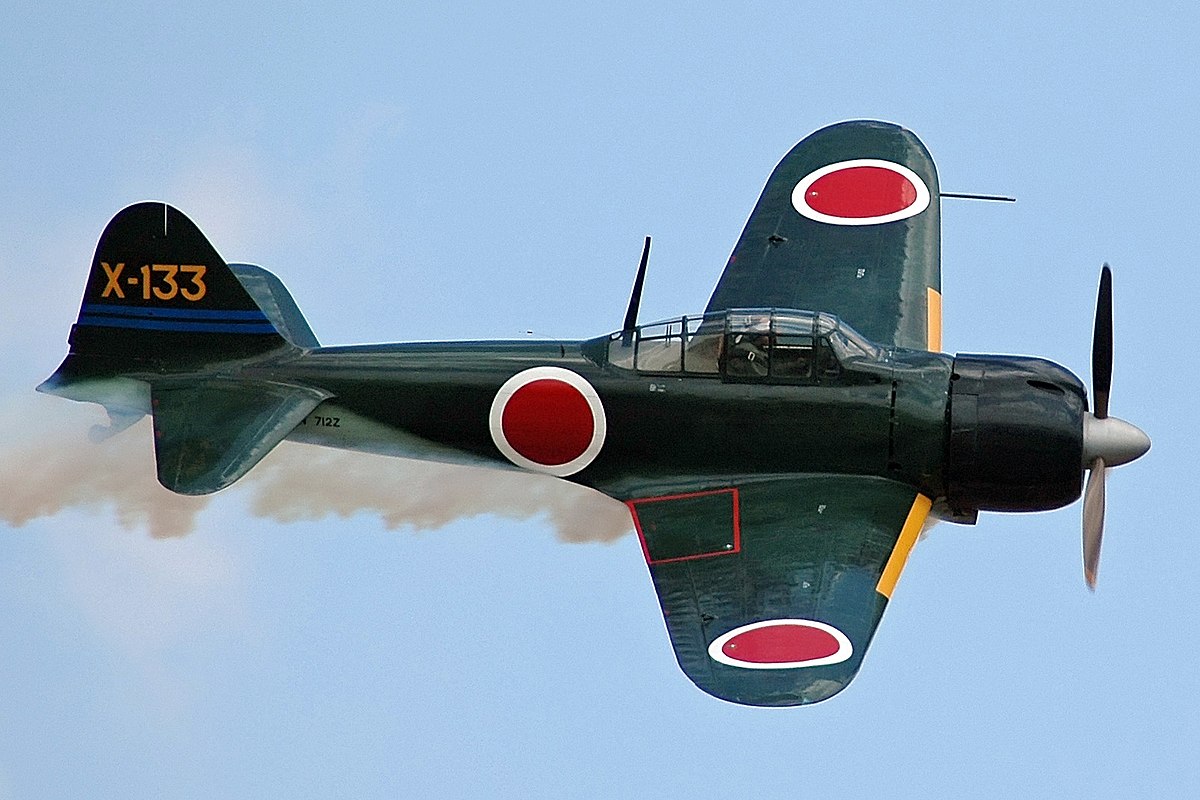yulzari
Tech Sergeant
The factories went over to making Handley Page Halifaxes. Not because the Hampden was so bad but because the Halifax was better. Ditto for the Whitley as Armstrong Whitworth factories changed to making Lancasters. Their peer Wellington did not stay in production through being better than the Hampden but because Vicker's factories were no readily convertible from their geodetic/fabric system to stressed skin sheet systems so they continued to churn out a pre war bomber until well after the war ended.The Hampden was considered so bad that it was taken out of action, even for night missions, by 1942.


